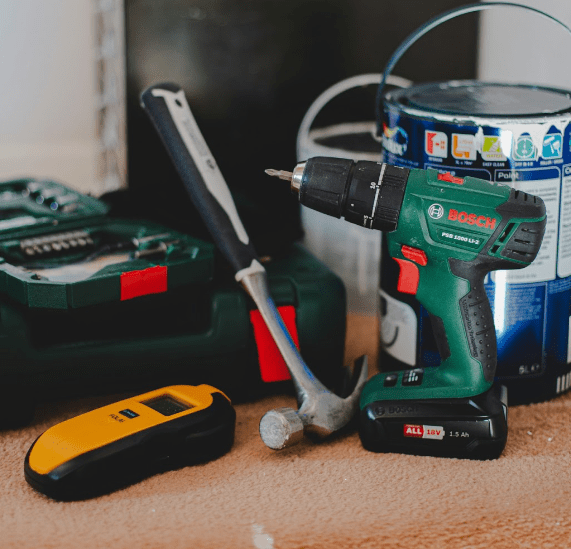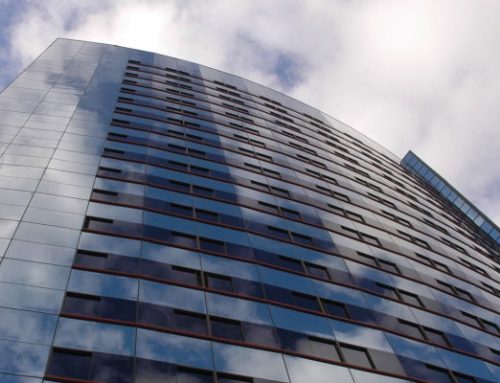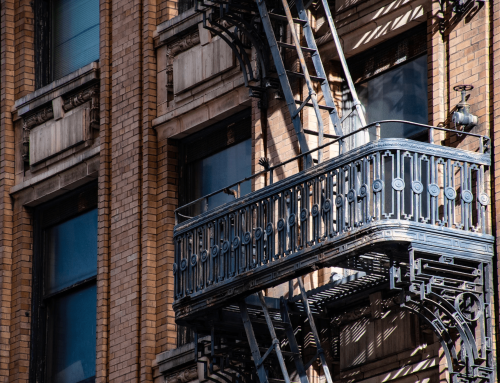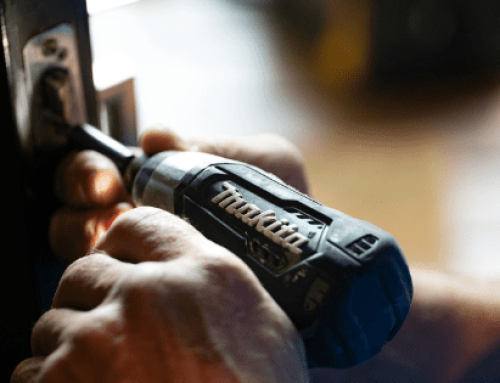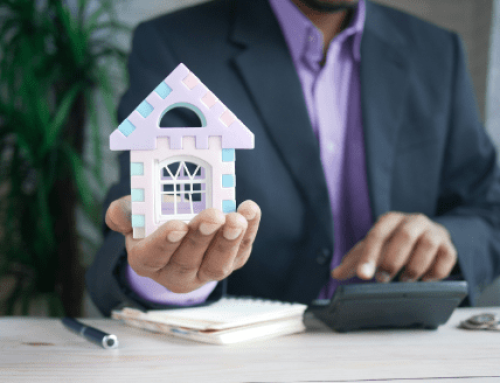Owning a rental property can be a rewarding investment, but it also comes with its fair share of responsibilities. One of the most common challenges landlords face is deciding whether a particular project constitutes a repair or an improvement. This distinction isn’t just about semantics, it can have significant implications for your tax filings, overall property maintenance strategy, and even tenant satisfaction.
According to a 2023 survey by the National Landlords Association, 65% of landlords cited property maintenance as their top concern.
This statistic highlights the importance of understanding and effectively managing the different types of maintenance tasks. Misclassifying a repair as an improvement (or vice versa) can lead to costly mistakes and compliance issues.
Let’s dive deeper into the nuances of rental property repairs and improvements, and how to manage them effectively.
Understanding the Difference: Repairs vs Improvements
First, let’s clarify what distinguishes a repair from an improvement.
Repairs are actions taken to maintain the current condition of the property, ensuring it remains functional and habitable. These are usually minor and recurring tasks such as fixing a leaky tap, patching a hole in the wall, or repairing a broken fence. The main goal of a repair is to restore something to its original working order.
Improvements, on the other hand, are modifications that enhance the property’s value, extend its life, or adapt it to new uses. These are typically larger projects that provide long-term benefits, such as replacing single glazed windows with double glazing, installing a new heating system, or renovating a kitchen. Improvements generally add to the value of the property and may offer increased appeal to potential tenants.
Why the Distinction Matters
The distinction between repairs and improvements isn’t merely academic; it has practical and financial consequences:
- Tax Purposes & Implications: In the UK, repair costs are usually deductible in the year they are incurred, reducing your taxable rental income. Improvements, however, are treated differently. They must be capitalised and can only be deducted over several years through depreciation. This impacts your immediate cash flow and tax planning strategies.
- Budgeting and Planning: Knowing whether a task is a repair or an improvement helps in accurate budgeting and financial planning. Repairs often require a maintenance budget, whereas improvements are planned investments aimed at enhancing the property’s value.
- Tenant Relations: Timely repairs maintain tenant satisfaction and retention. Tenants are likely to appreciate landlords who promptly address issues such as a faulty property’s electrical system or a leaking roof. Improvements, while more disruptive, can also enhance the tenant experience and justify higher rent.
Read More: The Section 20 Consultation Process Explained
Common Repairs in Rental Properties
Let’s delve into some common property repairs and maintenance you might encounter in managing rental properties:
- Plumbing Fixes: Leaky taps, running toilets, and blocked drains are common issues. Prompt attention to these not only prevents water wastage but also avoids larger water damage problems.
- Electrical Repairs: Faulty wiring, broken sockets, and malfunctioning lighting fixtures need immediate attention due to the safety risks they pose. Maintaining the property’s electrical system is crucial for tenant safety and compliance with regulations.
- Heating and Cooling Systems: Ensuring that boilers, radiators, and air conditioning units are in good working order is essential, particularly in extreme weather. Regular servicing can prevent breakdowns and costly emergency repairs.
- Roof and Gutter Maintenance: Keeping the roof and gutters in good condition prevents leaks and water damage. Regular site visits and inspections and timely repairs to broken tiles or blocked gutters can save significant repair costs in the long run.
Common Improvements in Rental Properties
On the improvement side, here are projects that can add value and appeal to your rental property:
- Window Replacement: Replacing single glazed windows with double or triple glazing can significantly improve energy efficiency and comfort. This upgrade can also attract environmentally conscious tenants and potentially justify higher rents.
- Pipe Upgrades: Replacing lead pipes or outdated plumbing systems is not just an improvement but a necessary health measure. Modernising these systems can enhance the property’s safety and compliance with health and safety regulations.
You Might Like: Health and Safety: Residential Property Guide
- Kitchen and Bathroom Renovations: These areas are critical in tenants’ decision-making. Updated kitchens and bathrooms with modern fixtures and fittings can greatly enhance the property’s appeal.
- Energy Efficiency Improvements: Installing insulation, solar panels, or energy-efficient appliances not only reduces utility costs but also appeals to tenants interested in sustainability. Such improvements can make the property more competitive in the rental market.
When to Opt for Repairs
Opting for repairs makes sense in several scenarios:
- Cost-Effectiveness: Small issues that are inexpensive to fix and do not significantly extend the property’s lifespan are better handled as repairs. For example, patching a small hole in the wall is cheaper and quicker than a full wall replacement.
- Immediate Tenant Needs: Addressing urgent tenant complaints quickly is crucial for maintaining a good landlord-tenant relationship. For instance, fixing a broken heater in the middle of winter is not only a legal obligation but also vital for tenant satisfaction.
- Preventive Measures: Regular maintenance can prevent minor issues from becoming major problems. For example, fixing minor leaks can prevent significant water damage, saving on future repair costs.
Read More: Who is Responsible For Repairs in Rented Property?
When to Opt for Improvements
Improvements are advisable when:
- Enhancing Property Value: Projects that significantly boost the property’s market value or rental potential, such as kitchen remodels or adding an extra bathroom, are worth considering. These improvements can lead to higher rental income and better tenant retention.
- Long-Term Benefits: Improvements that provide long-term benefits, such as energy-efficient windows or modernised plumbing systems, can reduce future maintenance costs and attract quality tenants.
- Regulatory Compliance: Sometimes improvements are necessary to meet new regulations or safety standards. For example, upgrading the electrical system to meet current safety codes is essential for legal compliance and tenant safety.
Balancing Repairs and Improvements
Striking the right balance between repairs and improvements is key to effective property management. Here are some tips to help you navigate this balance:
- Regular Inspections: Conduct regular property inspections to identify potential issues early. This proactive approach helps you decide whether a repair or an improvement is the best course of action.
- Tenant Communication: Maintain open lines of communication with your tenants. They are often the first to notice problems, and their feedback can guide your repair and improvement priorities.
- Professional Advice: Sometimes the line between a repair and an improvement can be blurry. Consulting with a property management professional or an accountant can provide clarity and ensure you make financially sound decisions.
- Long-Term Planning: Develop a long-term maintenance and improvement plan for your rental property. This plan should include regular maintenance tasks, anticipated repairs, and planned improvements. Having a clear roadmap helps in budgeting and reduces the likelihood of unexpected expenses.
Looking for Expert Property Management Services?
Effectively managing rental properties involves a careful balance of repairs and improvements. Understanding the distinction between the two, recognising when each is appropriate, and implementing a strategic approach can lead to better financial outcomes, increased property value, and happier tenants. Regular maintenance, proactive planning, and open communication with tenants are essential components of this strategy.
All of a property manager’s duties are covered by the complete block management services provided by Scanlans Property Management. We have a group of capable and knowledgeable employees who are always accessible to address concerns or questions from tenants.
Our block management services cover everything from insurance and claims to repairs and maintenance, building surveying services, site visits, and more.
For more information about our services, or to get a quote, contact us today.
Rental Property Repairs vs Improvements FAQs
What is the difference between repair and improvements?
While renovations increase the property’s worth or lengthen its useful life, repairs are required to keep it in good condition. For rental property owners to take advantage of tax relief, deductions, credits, and other cost-saving measures, they must understand the distinction between the two.
Is decorating capital expenditure?
Painting and decorating expenses on a current building usually count as revenue expenditure instead of capital expenditure. However, if the costs are associated with a new building or are otherwise a component of an improvement or extension project, they must be capitalised.
Is a new boiler a capital improvement?
Boiler replacements are classified as maintenance and repairs, and the cost of replacing one is deducted from rental income on your self-assessment tax return.

